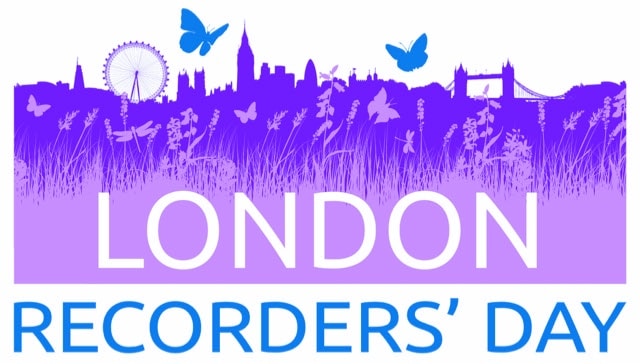
From migrating eels and faecal shields to ‘full frontal newtity’ and figwort weevils, the London recording community continue to find inspiration and joy in everything natural, weird and wonderful.
After a year of the world experiencing some of the most hostile climate conditions to date and as COP27 waters down ‘loss and damage’ proposals, the optimism and enthusiasm of London Recorders’ Day 2022 (LRD) couldn’t arrive soon enough for me. Strolling along Exhibition Road to the Natural History Museum in the disconcertingly bright autumn sunshine, my climate anxiety dissipated in the knowledge of the programme to follow. With the context of the London recording community, it’s difficult to not be inspired and curious.
The event continues to be a great success with support from both organisations and members of the community who gave presentations, submitted posters, or shared resources. Having been with GiGL for over a year and a half, I was lucky enough to play a greater organisational role this year, collaborating more closely with my Community Team colleagues Ben Town, Lyndsey Cox and Digby Wheeler (delegate turned organiser!), as well as our hosts at the Natural History Museum Steph Holt, Abigail Lowe and Becky Clover and our faithful collaborators from BioLinks, FSC, Keiron Derek Brown and Gino Brignoli. We are very grateful for everyone’s contributions.
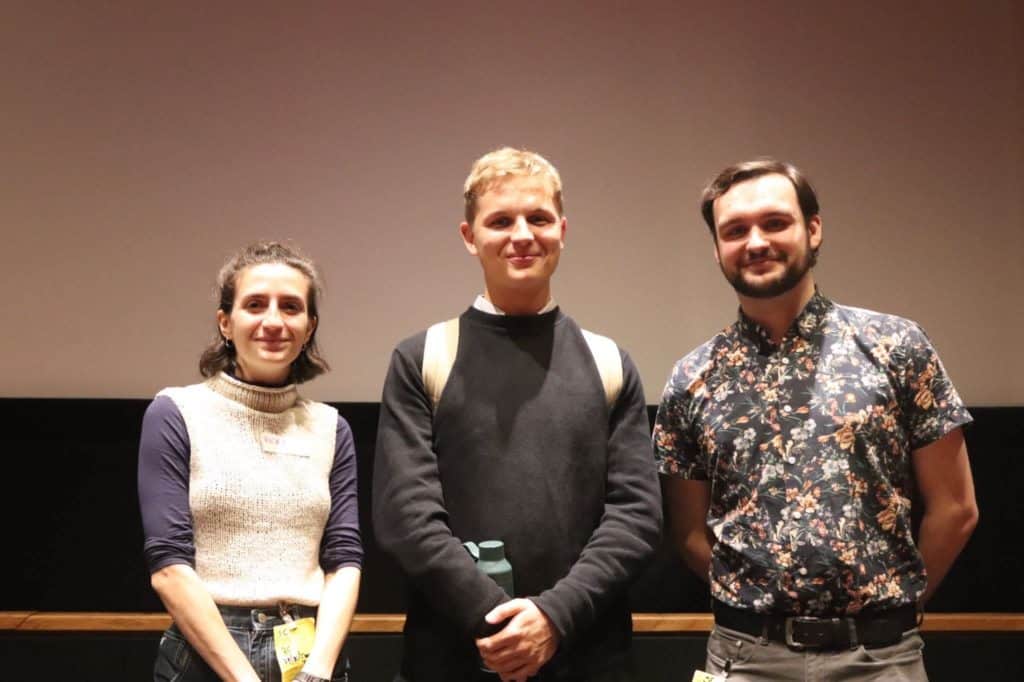
To ensure accessibility in the face of a continued covid-19 pandemic we opted for another hybrid event, with participants joining in person and online. We also eschewed a theme this year, in preference for a wide range of topics spanning both terrestrial and aquatic species and habitats.
As ever, the day was a great celebration of the dedicated efforts of our community. Even without an overall theme, three key messages of collaboration, innovation and accessibility were repeated by all. None are necessarily new concepts to biological recording, but without them we risk losing the strides taken to embed evidence-based decision making in conservation and threaten the already-strained connection between city-dwellers and their natural environment. Despite my scepticism at global efforts to tackle biodiversity and climate crises in an equitable manner, LDR once again bolstered my pride and awe at the actions and expertise of the London recording community and makes me hopeful and excited for the future.
As is becoming tradition at LRD, Elliot Newton of Citizen Zoo began the day in his usual exuberant fashion, this time focusing on the pioneering urban rewilding work being undertaken at Tolworth Court Farm. Citizen Zoo have been working to establish an ecological baseline for the site through emerging methods such as bioacoustics and eDNA analysis, alongside more conventional surveying. With a vast and knowledgeable volunteer base and active engagement at every stage, they have identified over 780 species. This information will be key in supporting the next stages of the project, from the introduction of cattle grazing and wetland creation to the potential re-introduction of white storks and wild boar. LRD22 also gave Elliot the opportunity to share his favourite species found on site, namely the Tortoise Beetle (Cassidinae), complete with protective faecal shield!
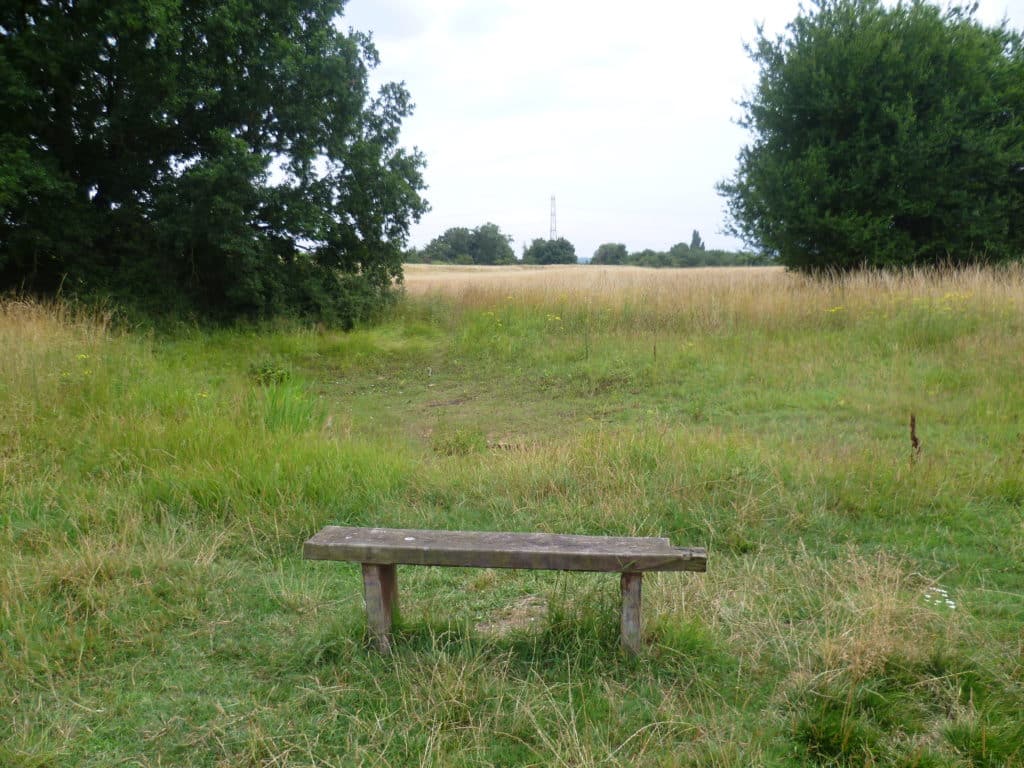
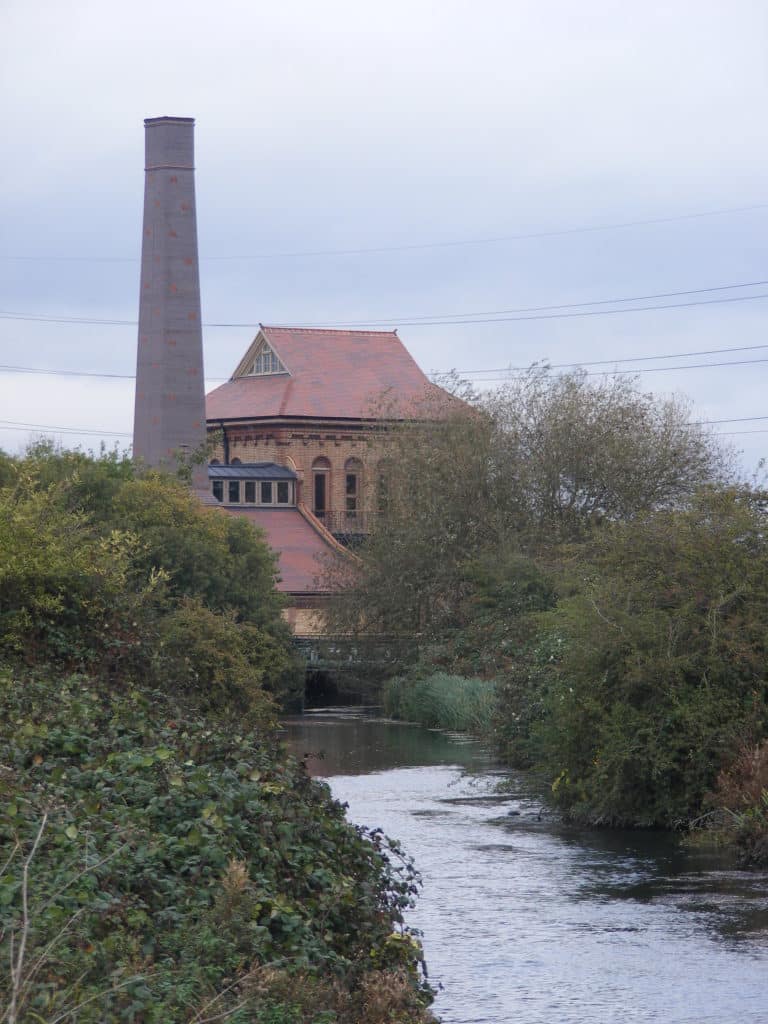
All the actions completed at Tolworth Court Farm have been completed with consideration for the history of the site. Peter Salter, Conservation Officer at Walthamstow Wetlands, also spoke to the importance of this. Though perhaps currently under-appreciated by the swifts it was designed for, the conversion of the engine room chimney house to a swift tower shows how urban architecture can pay homage to its past. Peter’s talk also provided a great insight into how to monitor and manage a large, publicly accessible reserve for both people and nature. Baseline surveys have been vital following its opening in 2017, giving an in depth understanding on how nature has responded to a greater human presence. Most overwintering birds have, for example, moved to areas away from human disturbance, but population levels are reportedly fluctuating within normal bounds. With most of their visitors traveling from within the borough of Waltham Forest, the wetlands have great local appeal. By working to understand the human guests, LWT can ensure the site is accessible and usable to all those living in the borough.
Continuous and consistent community engagement at wetlands and along waterways was also the focus of Joe Pecorelli’s talk, ‘Our Rivers Need You!’ Over the last decade, Joe and a plethora of community scientists have been leading the work of the Zoological Society of London (ZSL) to monitor and manage the waterways across all of Greater London’s 11 river catchments. Joe discussed three major, ongoing monitoring schemes focused on riverflies, eels and sewage outflow that have helped to contribute to the 40km of waterway restoration that has occurred in the capital over the last 20 years. Many volunteers representing the different programmes were present in the audience and it was lovely to celebrate their vital work, which has helped tackle pollution and contribute to global species monitoring efforts.
Penny Metal was potentially LRD’s most avid supporter of data sharing through different streams of the vast recorder community. Sharing her infectious enthusiasm and beautiful photographs of the invertebrate residents of her local Warwick Gardens through Facebook Groups, a superb Flickr account and providing GiGL with the accompanying records, Penny is an exemplar recorder. Her work can’t help but make you fall for the strange and tiny. Whether you record for pleasure, curiosity or duty, it is by encouraging small-scale local engagement that we can have cumulative positive and far-reaching effects – such as connecting small greenspaces through corridors that enable migration through a city.
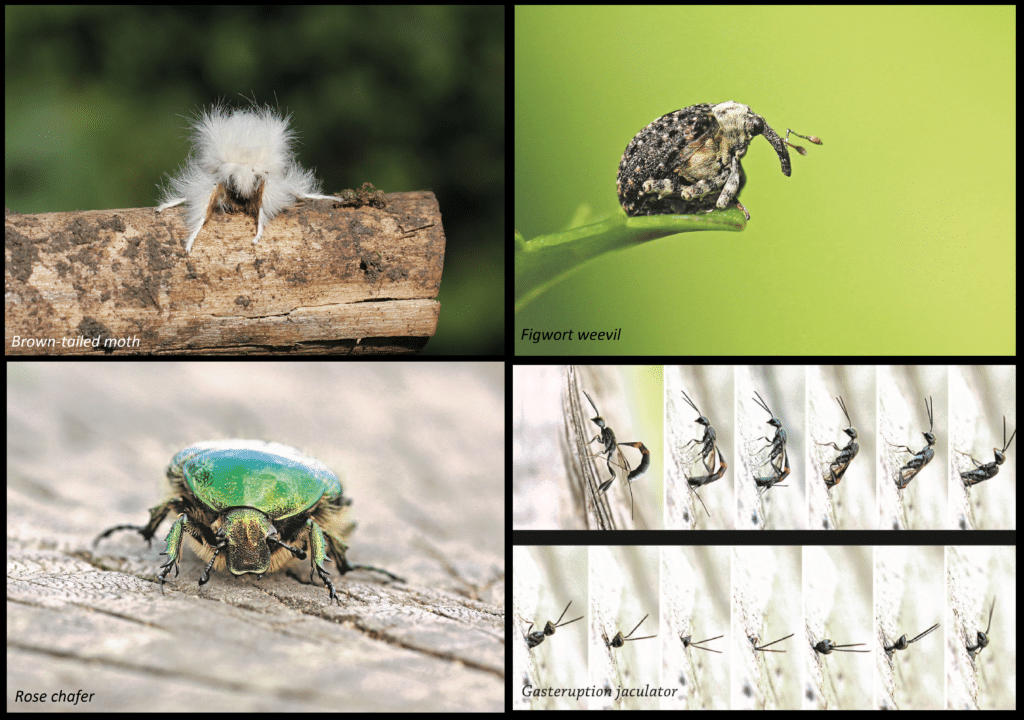
Edward Mayer, founder of Swift Conservation, similarly enthused about data sharing through the app Swift Mapper, as well as the other data collection portals BirdTrack, BTO’s Breeding Bird Survey and through local environmental record centres like GiGL. Though there is still a thriving swift population in London, this is decreasing, which is why knowing where swifts are is so crucial to their conservation. In the absence of comprehensive surveys during the breeding season, locals can fill in the gaps by monitoring year on year and searching for this elusive species when they are most likely to appear from their nests at dawn and dusk, helping to preserve these vital sites that are threatened by removal when not occupied by our seasonal visitors. Let’s hope Peter’s swift tower, currently auspiciously occupied by sparrows, will soon see the return of these beloved visitors!
Rosie Whicheloe of the London Borough of Sutton also shared the borough’s efforts to overcome insufficiencies in planning law with the introduction of Biodiversity Net Gain (BNG), as enshrined in the Environment Act and coming into effect later in 2023. The policy is aimed at ensuring new developments result in an increase in biodiversity, either on or off-site, and Sutton is leading the way as the only borough with a dedicated BNG Officer. Though a large, habitat diverse borough, the data openly available through government portals is often not useful in an urban context where habitat patches can be small and disconnected, requiring a high data resolution. Pilot projects with GiGL will provide data at the needed resolution, so stay tuned for an upcoming GiGLer article from Rosie that will explore this in more detail.
Dave Willis from the newly regenerated London Amphibian and Reptile Group (LARG) also spoke to the importance of sharing new practices and protocols within the community. LARG hopes to connect the disparate initiatives and feed into the country-wide, pre-existing ARG network. Though ‘full frontal newtity’ is not necessarily everyone’s cup of tea, Dave hopes to connect to groups with a diverse focus, as management for reptiles and amphibians often also benefits other key species. With aspirations to update the CLARE atlas and also provide training and surveying to identify grass snakes at an individual level, LARG is sure to become a key component of the recording community in London in the coming years.
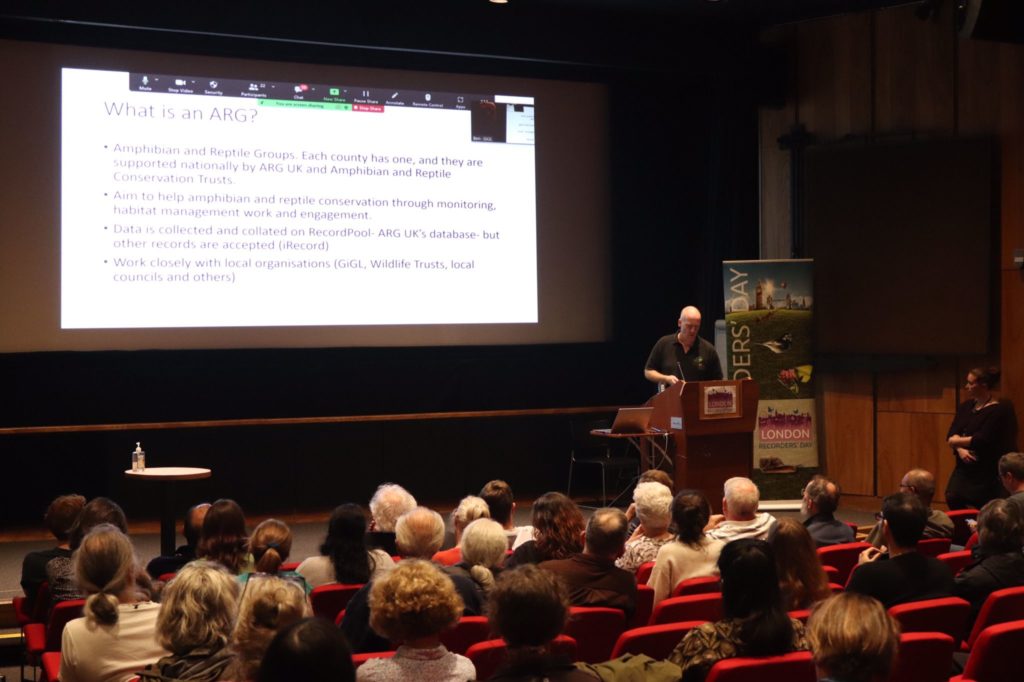
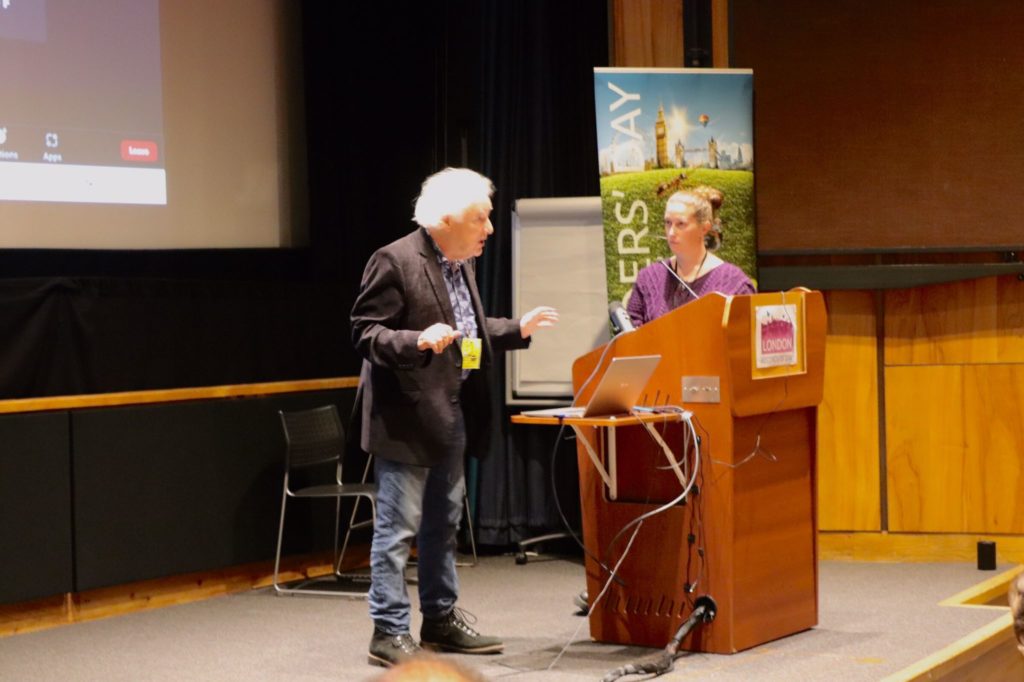
One such connection will inevitably be with the prestigious London Natural History Society (LNHS), who, through Liz Andrew, once again provided an insightful update on the Hampstead Heath monitoring programme that has been ongoing since the 1990s. Collaboration with Heath Hands and other local groups has enabled incredible biological insights across the diverse site, through BioBlitzes, surveys and an upcoming update to the Millennial Flora Project. Liz’s detailed presentation was followed in our updates session at the end of the day by an open call for publications to the peer-reviewed LNHS publication, The London Naturalist, from Editor Clive Herbert.
Many speakers focused on the need to get feedback from those engaging (or decidedly not engaging) with their projects, to be able to better meet the needs of those they are trying to work with and for. Gino Brignoli, co-organiser of LRD22 and BioLinks Officer for FSC in the South East, shared the success of the project over the last five years with overwhelmingly positive feedback collected from participants of the staggering 297 in-person learner days delivered. BioLinks’ has helped to raise the profile of under-recorded groups, including worms, beetles and freshwater invertebrates, and it’s important that we celebrate work specifically targeting the gaps in our communities’ knowledge, even when the species or locations may be less than glamorous, looking at you Sewage Outfall Safari. Although we are sad to see the end of the BioLinks project, Gino, Keiron and everyone else who has assisted with its delivery should be proud of what they have achieved and confident in the project’s legacy through the commitment of FSC to continue to provide invertebrate education across the country.
The enduring legacy of targeting under-recorded and misunderstood species through community science initiatives was also showcased in Steph Holt’s talk on updates at the Natural History Museum and Angela Marmont Centre (AMC). With several new ID guides available online on rock types, freshwater invertebrates and an upcoming fossil guide, alongside a wealth of resources that can be accessed directly at the AMC, the centre is equipping the next generation of community and professional researchers with knowledge and a strong network. Through the Explorer’s Programme, the AMC is encouraging a community of undergraduate, postgraduate and early career researchers from racially marginalised communities into biological, ecological and natural history research, with many conferences and events to come in 2023.
We are also eagerly awaiting the reopening of the Natural History’s Wildlife Garden in 2023 as part of the Urban Nature Project. Sam Thomas, Urban Biodiversity Officer for the project, shared the exciting details of the redevelopment and the accompanying research and monitoring on-site, which includes extensive traditional surveying, the use of emergent technologies and an impressive pond translocation. The Urban Nature Project, steered by the insights gained at the garden, aims to develop management and monitoring systems appropriate for urban nature and for use by everyone. To this end, Sam encouraged everyone who comes across an organism at the museum to add a record of this to the Museum’s iRecord activity. I am particularly interested to hear more about the pond translocation in the coming years and would recommend trying to see them in-person if possible, even if only through a fence!
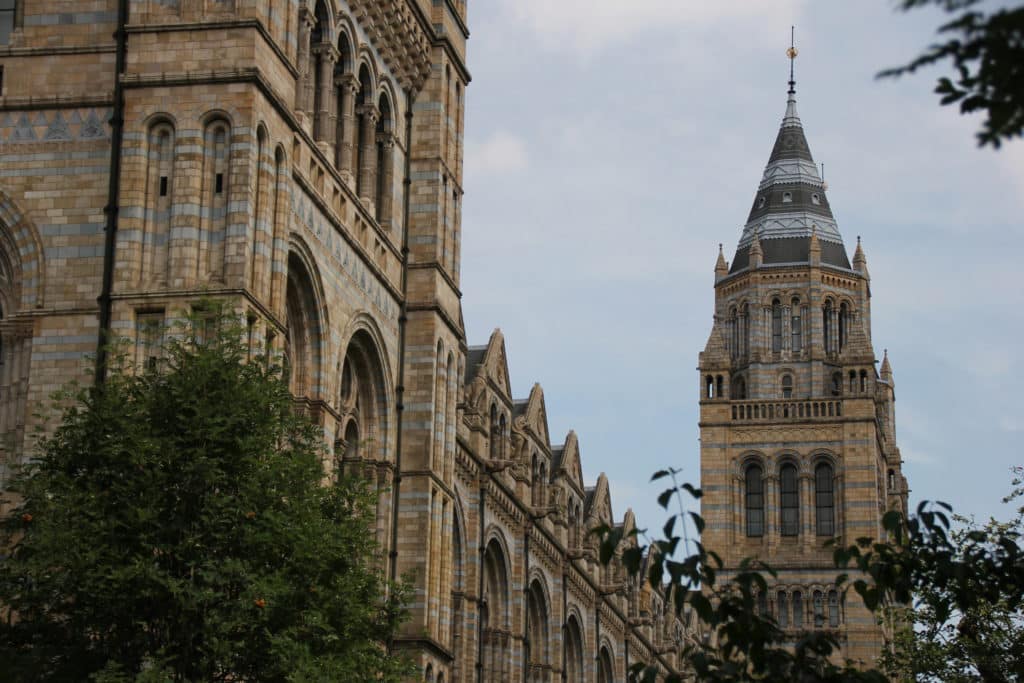
The day concluded with an open opportunity for local groups and initiatives to provide brief updates. GiGL shared the news of the publication of the Biodiversity Evidence and Better Outcomes from Planning (BE-BOP) report, originally introduced by Eleni Foui at LRD 2021, which shares our research on the use of GiGL baseline ecological data within planning applications made across the different boroughs of London. Ben Town, my Community and Volunteer Coordinator colleague at GiGL, also shared our new volunteer species data programme. We hope to provide valuable training opportunities in data management, in addition to the GIS training received by our Ancient Woodland Inventory (AWI) volunteers.
Finally, Keiron Derek Brown, earthworm aficionado and LRD organiser, shared his exciting new project, EntoLive, which will link invertebrate researchers to a wider audience who can use recent research to make more informed conservation decisions. Keiron continues the BioLinks legacy to upskill adults who might otherwise not have access to such resources due to technical language barriers, paywalls and lack of networks for researchers to connect easily with the general public. Through EntoLive, Keiron also hopes to better facilitate the movement of taxa and site-specific data back to researchers for analysis. We fully support Keiron in this new endeavour and look forwards to the broad and strange selection of talks from marine molluscs to fly migration and of course, worms.
LRD 2022 showed that there is no shortage of opportunities to get involved if you know where to look. Looking around at the audience present, it was heartening to see new and familiar faces, but without initiatives like the Explorer’s Scheme run through the AMC, we risk alienating a new generation of naturalists who don’t perhaps fit the traditional recorder mould. Recognising tradition and heritage is key to understanding the future biodiversity of London, but in doing so, we must ensure that we are not ‘worshipping its ashes, but preserving the fire’ (Gustav Mahler).
London naturalists in all our forms need to make sure that we keep fanning the flames of our vibrant community by sharing our knowledge and passion far and wide. By growing the community in situ, we build on the vital work of those who came before while also opening the door for new, diverse ideas. Communities are strongest when they are representative of, connected to and engaged with their local spaces, and recording and community science initiatives provide the perfect gateway to helping individuals gain a sense of place in the natural world. We need to all take responsibility to reduce the barriers different racial and socio-economic groups face when accessing the sense of place and community that we know, love and sometimes, take for granted. And as I strolled to the pub for a celebratory pint, I saw the bulbous translocated ponds, protruding from the museum grounds like some swollen fungal fruiting bodies of autumn, teeming with life after only being moved a relatively short time ago, I am confident of the creativity and soul present in the community to unite behind this aim.
If you would like to join in with any of the opportunities advertised throughout the day, the details of most are available in the delegate pack, accessible here.
For those who attended, we’d love to hear your thoughts. Pease complete the feedback form linked here.
If you would like to help LRD expand its reach and become more accessible and diverse, please contact Victoria Kleanthous, Community Officer at Victoria.kleanthous@gigl.org.uk.
